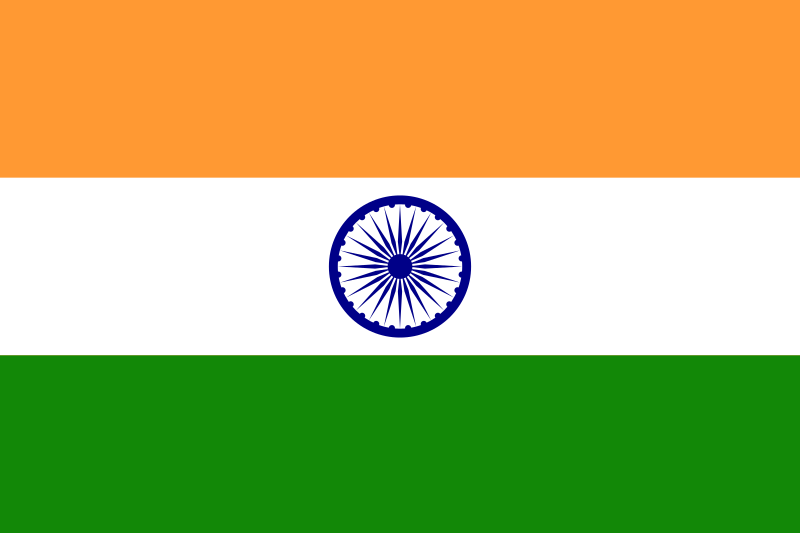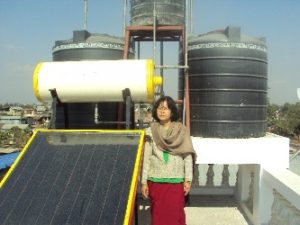India: NABARD Scheme Successful with Buyers
April 24, 2013
The subsidy scheme of the Indian National Bank for Agriculture and Rural Development (NABARD) has grown into a successful programme since its implementation in August 2011. NABARD has already received 4,364 applications from rural households. Applicants can choose between a subsidy covering 30% of the benchmark costs or a low-interest loan (5 % interest rate) lending them 80% of the benchmark costs. The flat 30% subsidy scheme, however, financed at a commercial lending rate of close to 11%, has found more supporters than the 5% interest loan because of the shorter payback time of the first option. The benchmark cost per unit depends on the technology used. Solar water heaters based on flat plate collectors receive a 30 % subsidy of Indian Rupee (INR) 22,000, which adds up to INR 6,600, and solar water heaters based on vacuum tube collectors are granted a 30 % subsidy on IND 20,000, which makes INR 6,000 (INR 1 = EUR 0.01).
The scheme is managed by the branches of commercial and private banks across the country, which NABARD will reimburse later. The following table shows the number of NABARD applications in each state and fiscal year, with the state of Karnataka reaching the highest number by far. One rather surprising result comes from Uttarakhand, a small Himalayan state in Northern India, in which 90 % of the population lives in rural areas. The state witnessed a total of 575 applications in both periods and became a case study for the successful implementation of the scheme. This is because Uttarakhand belongs to the Special Category States, in which purchasers of solar thermal systems receive the higher subsidy rate of 60 % of the benchmark costs. An unusually small number of applications came from the state of Maharashtra, which is one of the major states in terms of solar thermal use. Here, banks did not pay enough attention to the programme, and they did not do enough to promote the support scheme among their clients.
|
State |
Aug 2011 – March 2012 (8 months) |
April 2012 – Feb 2013 (11 months) |
|
No. of applications |
No. of applications |
|
| Karnataka |
962 |
2,394 |
| Uttarakhand |
212 |
365 |
| Kerala |
33 |
16 |
| Maharashtra |
23 |
190 |
| Madhya Pradesh |
6 |
8 |
| Tamil Nadu |
5 |
31 |
| Chandigarh |
4 |
2 |
| Goa |
2 |
6 |
| Uttar Pradesh |
N.A. |
105 |
| TOTAL (period) |
1,247 |
3,117 |
| TOTAL (cumulated) |
|
4,364 |
NABARD’s aim is to support the distribution of solar thermal technology in rural areas, whereas manufacturers have mostly focused on the urban centres of the country. The National Bank for Agriculture and Rural Development has the largest number of associated rural banks worldwide. But NABARD has also asked urban banks to accept applications received from urban cities. Another amendment concerns loans smaller than INR 0.1 million, in which case the banks will not ask for any securities.
Niranjan Das, Officer at the Mumbai office of NABARD, points out that Phase II of the National Solar Mission, which was started in April 2013, will need more publicity to make the rural population aware of the fact that their nearest commercial or cooperative bank can give out grants. NABARD will offer comprehensive trainings for bank managers this year, in order to ensure that virtually every commercial bank will be offering the scheme. There are also some cooperative banks which will be asked to accept applications. In one recent industry survey, even manufacturers approved as Channel Partners in the federal subsidy scheme were of the opinion that the bank subsidy was a better option as it would reduce their financial burden and save the time spent on obtaining subsidy money from the federal government.
More information:
http://nabard.org


